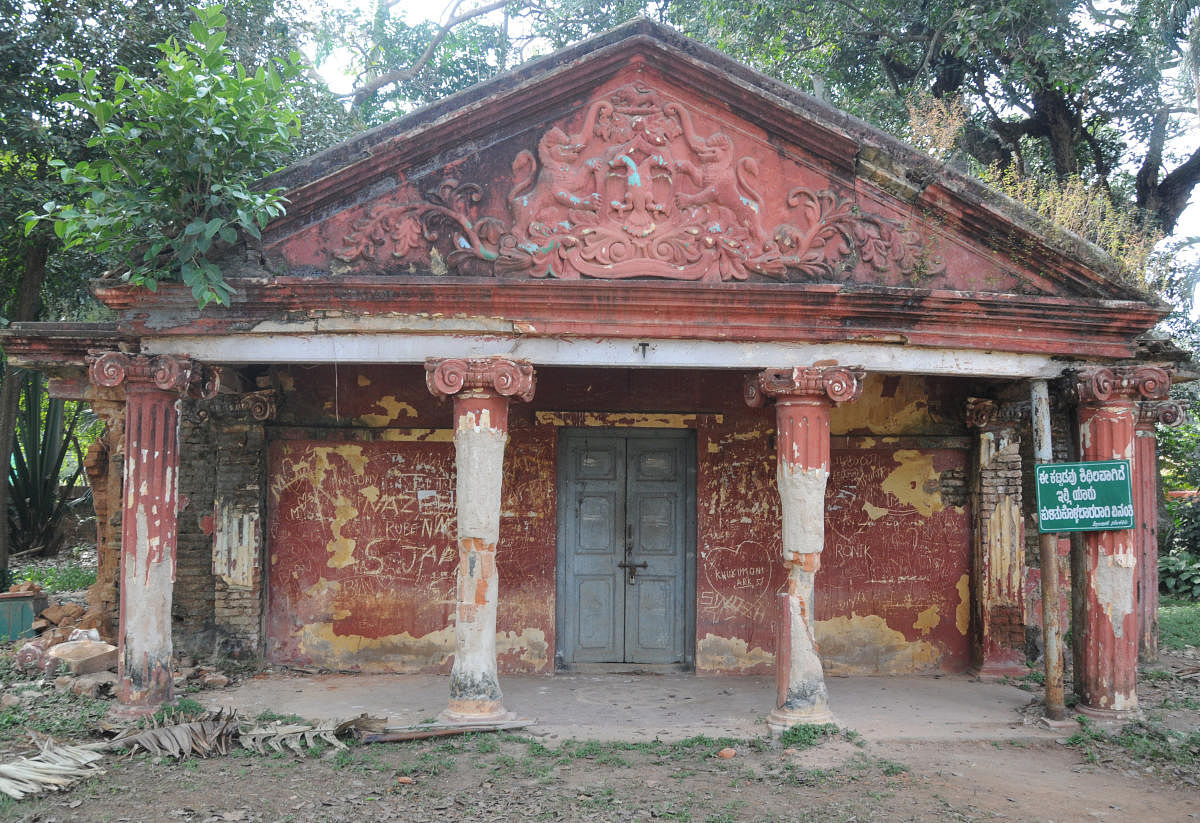
History speaks of the existence of menageries in 19th-century India. There are records of the import of exotic animals — giraffes and zebras from Africa, for instance. Maharajas who went on hunting expeditions captured and brought back carnivores like lions, tigers, panthers and wolves. They were kept in menageries to showcase the maharaja’s might, particularly to entertain guests of European origin.
Records and eyewitness accounts speak of the showcasing of both pet and wild animals by Nana Saheb Peshwa II at Bithoor, near Kanpur. Similarly, Wazid Ali Shah of Lucknow also had a menagerie. But after the capture of Lucknow, the British administration sold his prized menagerie by public auction. It is interesting to note that even after his deportation to Calcutta, he maintained a menagerie there, using the purse he received from the government.
The history of zoological gardens in princely Mysore can be traced back to the time of Chamarajendra Wadiyar X. The zoo, built by the Maharaja, soon emerged as an important place to visit. It had not only wild animals but also exotic animals purchased from sellers.
While very little is known about the existence of a zoo in Bengaluru, it once housed at Lalbagh. The garden was home to both, a menagerie and an aviary.
The beginnings
Lalbagh, or ‘Red Garden’, was first developed as a fruit garden during the time of Hyder Ali. Many improvements were made during the time of Tipu Sultan. A horticultural society even came to be established in 1836.
Ten years later, in July 1856, on the recommendation of botany experts who visited Lalbagh, the Government Horticulture Gardens came to be established. What was earlier 100 acres was expanded to nearly 250 acres.
A conservatory was built and named after Albert Victor. The building was an ornament, with a beauty that no other public gardens in India had.
In 1865, an aviary containing a fine collection of foreign and indigenous birds was built within the garden. Extensive improvements to the menagerie buildings were completed by the Public Works Department. It maintained its reputation as a place of public interest and as an aid to scientific study.
The menagerie at Lalbagh drew visitors due to the collection of animals it boasted. This included a fine royal tiger and a Madras langur. Much care was taken to protect the animals.
Between the years of 1893 and 1908, lions, tigers, civet cats, monkeys, Zanzibar monkeys, baboons, saurus cranes, brahmani ducks and leopard cats were procured. Emus and zebras were brought from Calcutta’s zoo and jackals from the zoo of Lahore.
Records also speak about the post-mortem of a dead tiger conducted at Lalbagh.
By 1905, the zoo housed about 89 animals, including herbivores and carnivores. In 1911, the zoo received a kangaroo and a ring-tailed lemur from the State Gardens in Baroda.
Unfortunately, excess rainfall during the succeeding year resulted in the destruction of not only saplings and trees, but also the aviary. The expansion of the nurseries, seed depot and the seed testing laboratory gradually overshadowed the menagerie at Lalbagh.
The plague of 1899 was another reason for the decline in the popularity of both menagerie and aviary. Around the same period, a question arose about the closure of the same. Letter correspondence and files preserved in Karnataka State Archives shed more light on this. Since the conditions were deteriorating, animals and birds were shifted to Mysore.